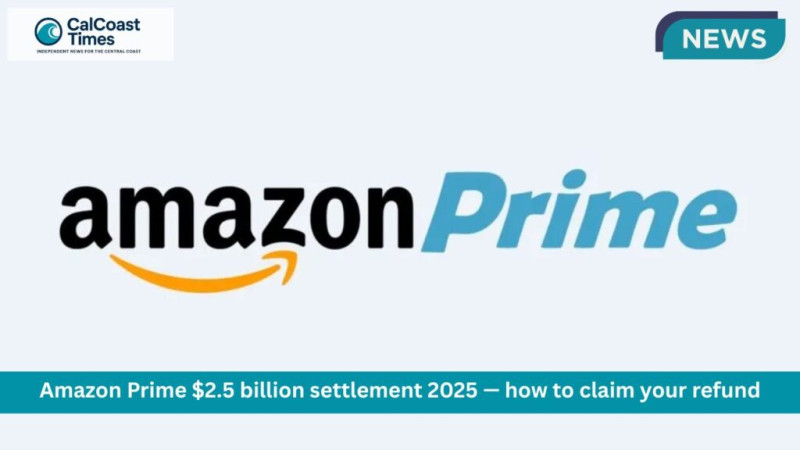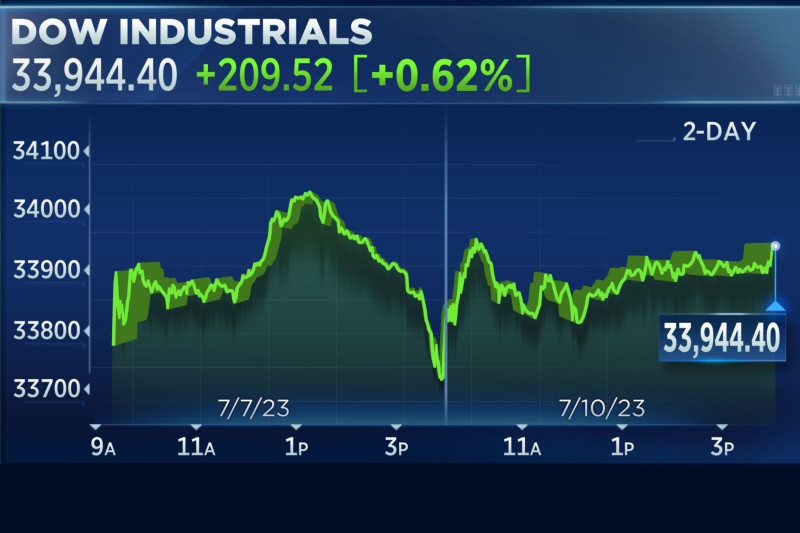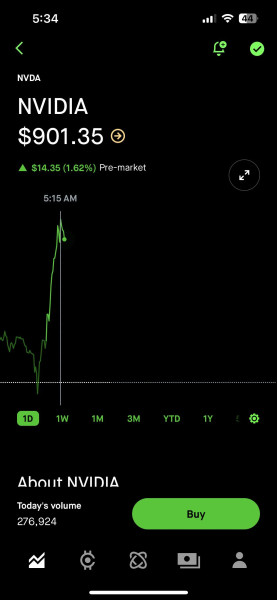The recent Amazon Prime settlement has made headlines worldwide, marking a significant milestone in the regulatory landscape of e-commerce giants. The Federal Trade Commission (FTC) has secured a historic $2.5 billion settlement agreement with Amazon, which includes substantial refunds for millions of Prime customers. Here’s a detailed look at the settlement, its implications, and what customers need to know.
The settlement, announced in late September 2025, is a direct result of a lawsuit filed by the FTC. The lawsuit alleged that Amazon had engaged in deceptive practices, particularly related to its Prime membership program. The FTC's investigation concluded that Amazon had improperly enrolled customers in Prime without their explicit consent, leading to unauthorized charges. This settlement marks the second-highest refund award ever reached by the Federal Trade Commission.
Under the terms of the agreement, Amazon will pay a total of $2.5 billion. This amount is divided into two main components: a $1 billion civil penalty and $1.5 billion in refunds to consumers. The civil penalty is a significant financial blow to the company, underscoring the severity of the allegations and the regulatory body’s commitment to consumer protection. The refunds, on the other hand, are aimed at compensating customers who were affected by Amazon's deceptive practices.
The refunds are being distributed to eligible Prime members who were enrolled in the program without their explicit consent. The FTC has outlined specific criteria for eligibility, ensuring that only those who were directly harmed by Amazon’s practices will receive compensation. Qualifying customers will receive a maximum refund of $51, which is equivalent to their Prime subscription fees.
For those who are eligible, the refund process is straightforward. Amazon has begun issuing automatic payments to eligible customers, starting as early as November 12, 2025. This initiative ensures that customers do not have to go through a lengthy claims process, streamlining the compensation process.
The settlement has sparked a mix of reactions, with some customers expressing relief and others questioning the settlement’s fairness. Critics argue that the $51 cap on refunds may not adequately compensate for the long-term effects of the deceptive practices, while supporters highlight the swift and efficient distribution of funds as a positive step. Regardless of the varying opinions, the settlement serves as a clear reminder of the regulatory scrutiny faced by tech giants and the importance of transparency in consumer practices.
Looking ahead, the Amazon Prime settlement sets a precedent for future regulatory actions against tech companies. It underscores the FTC's commitment to protecting consumers from deceptive practices and holding corporations accountable for their actions. As the tech industry continues to evolve, this settlement serves as a cautionary tale for companies to prioritize transparency and consumer consent in their business practices.



